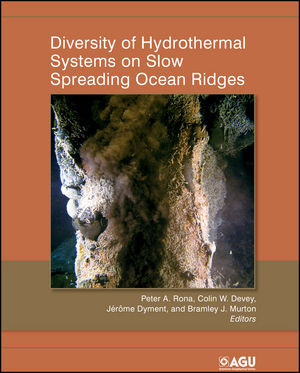

Most ebook files are in PDF format, so you can easily read them using various software such as Foxit Reader or directly on the Google Chrome browser.
Some ebook files are released by publishers in other formats such as .awz, .mobi, .epub, .fb2, etc. You may need to install specific software to read these formats on mobile/PC, such as Calibre.
Please read the tutorial at this link: https://ebookbell.com/faq
We offer FREE conversion to the popular formats you request; however, this may take some time. Therefore, right after payment, please email us, and we will try to provide the service as quickly as possible.
For some exceptional file formats or broken links (if any), please refrain from opening any disputes. Instead, email us first, and we will try to assist within a maximum of 6 hours.
EbookBell Team

4.1
100 reviewsPublished by the American Geophysical Union as part of the Geophysical Monograph Series.
Diversity of Hydrothermal Systems on Slow Spreading Ocean Ridges presents a multidisciplinary overview of the remarkable emerging diversity of hydrothermal systems on slow spreading ocean ridges in the Atlantic, Indian, and Arctic oceans. When hydrothermal systems were first found on the East Pacific Rise and other Pacific Ocean ridges beginning in the late 1970s, the community consensus held that the magma delivery rate of intermediate to fast spreading was necessary to support black smoker-type high-temperature systems and associated chemosynthetic ecosystems and polymetallic sulfide deposits. Contrary to that consensus, hydrothermal systems not only occur on slow spreading ocean ridges but, as reported in this volume, are generally larger, exhibit different chemosynthetic ecosystems, produce larger mineral deposits, and occur in a much greater diversity of geologic settings than those systems in the Pacific. The full diversity of hydrothermal systems on slow spreading ocean ridges, reflected in the contributions to this volume, is only now emerging and opens an exciting new frontier for ocean ridge exploration, includingThe readership for this volume will include schools, universities, government laboratories, and scientific societies in developed and developing nations, including over 150 nations that have ratified the United Nations Convention on the Law of the Sea.
Content: